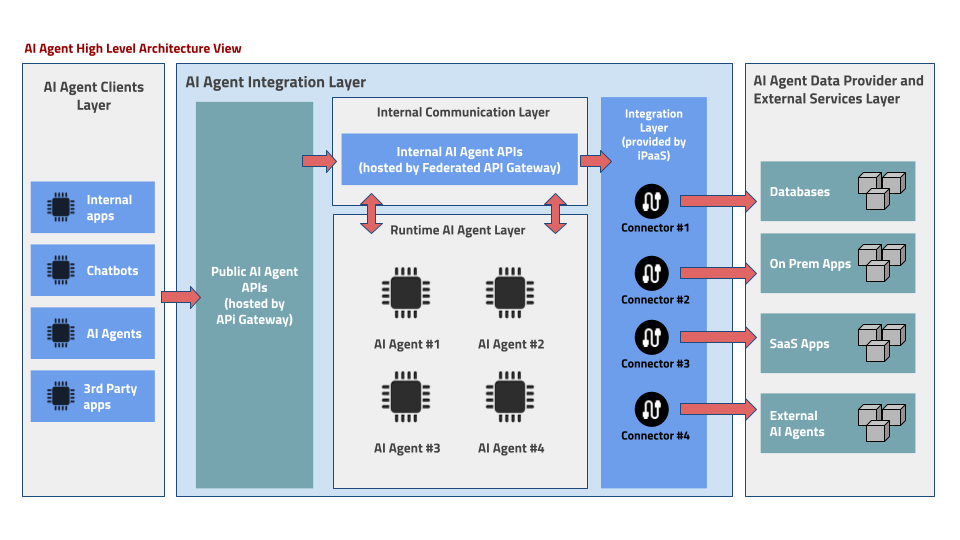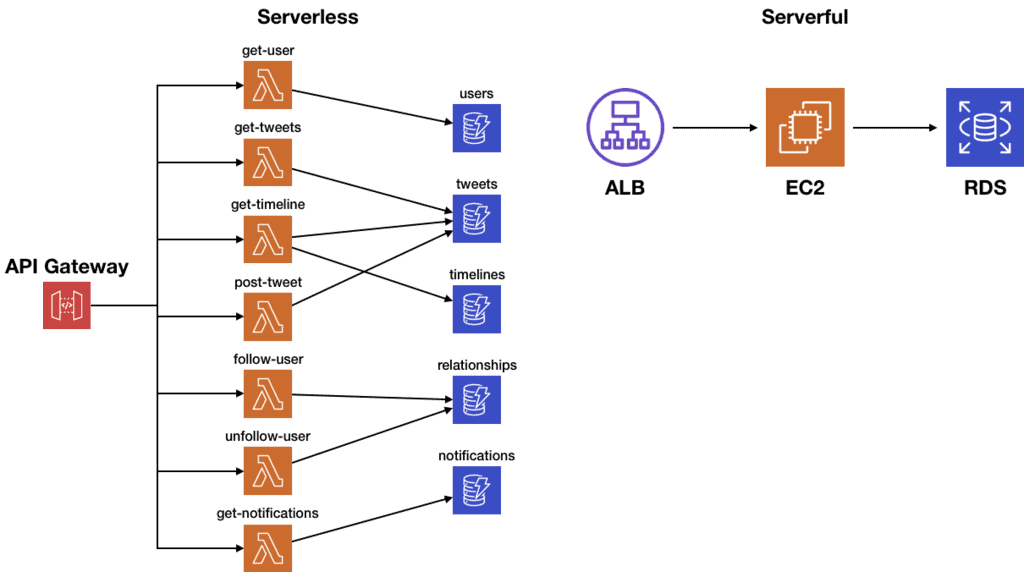Node.js went from "just another runtime" to powering AI applications that actually work in production. The 2025 ecosystem isn't about experimental demos - it's about production systems where Node.js 22 runs TensorFlow.js models alongside OpenAI calls, all while serving regular web traffic without exploding your server.
The AI Integration Landscape in 2025

Node.js AI integration stopped being a joke sometime in late 2023. TensorFlow.js won't make users want to kill themselves anymore, and the OpenAI Node.js SDK works fine until their API decides to shit the bed during your demo. You can build real AI stuff without touching Python, but the memory management will still make you want to throw your laptop out the window.
Real-world AI Integration Patterns:
Most production apps now hit 3 or 4 different AI services at once because why keep it simple? Your e-commerce site calls OpenAI for product descriptions, TensorFlow.js for recommendations, and some vision API for image processing - all in the same process because someone thought that was a good idea.
// Modern AI integration example
import OpenAI from 'openai';
import * as tf from '@tensorflow/tfjs-node';
const openai = new OpenAI({
apiKey: process.env.OPENAI_API_KEY,
});
// Generate product descriptions with LLMs
async function generateProductDescription(productData) {
const response = await openai.chat.completions.create({
model: "gpt-4",
messages: [{
role: "user",
content: `Generate a compelling product description for: ${JSON.stringify(productData)}`
}],
max_tokens: 150
});
return response.choices[0].message.content;
}
// Real-time ML predictions with TensorFlow.js
async function predictUserPreferences(userBehavior) {
const model = await tf.loadLayersModel('file://./models/user-preferences.json');
const prediction = model.predict(tf.tensor2d([userBehavior]));
return prediction.dataSync();
}


Performance Considerations and Optimization
AI workloads fuck with Node.js's single-threaded event loop. Worker threads become essential for CPU-intensive ML tasks, while streaming responses help manage memory usage for large language model outputs. Keep AI processing isolated from your main application logic or everything breaks.
Memory Management for AI Workloads:
TensorFlow.js operations can quickly consume available heap memory. Setting appropriate V8 memory limits and implementing proper tensor disposal patterns prevents the dreaded "JavaScript heap out of memory" crashes that plague AI-integrated applications.
// Proper tensor memory management
async function processImageBatch(images) {
return tf.tidy(() => {
const tensorImages = images.map(img => tf.browser.fromPixels(img));
const processed = tf.stack(tensorImages);
const predictions = model.predict(processed);
// tf.tidy automatically disposes intermediate tensors
return predictions.dataSync();
});
}
Popular AI Libraries and Integration Points
The 2025 Node.js AI ecosystem revolves around a few libraries that actually work:
@tensorflow/tfjs-node: The only way to run TensorFlow without switching to Python. Performance is decent with the C++ bindings, but you'll still curse the memory management when everything crashes at 2GB RAM usage.
openai package: Works well until you hit rate limits at the worst possible moment. The streaming support is solid, but their error messages are about as helpful as a chocolate teapot.
langchain: Tries to make LLM chains manageable. Sometimes succeeds. The memory features are nice when they don't leak all over your server.
huggingface-hub: Thousands of models, most of which you'll never use, but the ones you need are probably there.
Integration Challenges and Solutions
Challenge 1: Cold Start Hell
Our image recognition API went from 200ms to like 3.2 seconds when we added ML models. Users started refreshing pages, thinking the site was broken. Pre-loading models during server startup is mandatory, but that means your deployment takes forever and you pray nothing crashes during the warmup. We're talking 45 seconds for a "quick" deploy now.
Challenge 2: Your OpenAI Bill Will Ruin Your Day
GPT-4 costs add up stupid fast. Our content generation feature went from basically free to $2,847 in one month because someone forgot to add rate limiting. We tried batching requests but it broke our real-time chat. Caching helped but cache invalidation is still a complete shitshow - we've been arguing about TTL values for 6 months. Also learned GPT-3.5-turbo gives you 80% of the quality for 1/10th the cost, but the PM insisted on "the premium model" after reading some bullshit blog post.
Challenge 3: AI APIs Break Differently
Traditional APIs return 500 errors. AI APIs return "The model is overloaded" or suddenly start sending malformed JSON at 2 AM on Sunday. Rate limiting hits without warning with unhelpful error messages like "Rate limit exceeded. Try again later." Build retry logic with exponential backoff and always have a non-AI fallback - learned this when OpenAI went down for 3 hours and our entire product became unusable.
The key to successful AI integration is treating it as another external service dependency - with proper monitoring, fallbacks, and performance budgets. The Node.js ecosystem in 2025 provides the tools; success comes from architectural discipline and production-ready implementation patterns.






